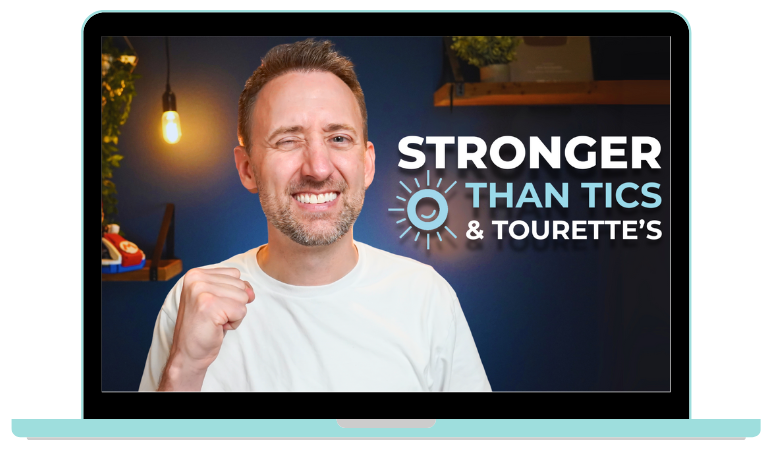Harm OCD Demystified: Symptoms, Challenges, and How to Cope
Jan 13, 2025
Harm OCD is a subtype of Obsessive-Compulsive Disorder (OCD) characterized by intrusive, unwanted thoughts about causing harm to others or oneself. These thoughts are distressing and often lead to repetitive behaviors or mental rituals aimed at neutralizing the anxiety they cause. Despite the intensity of these experiences, Harm OCD is manageable with proper understanding and support.
What Is Harm OCD?
Harm OCD is not about a genuine desire to hurt anyone. Instead, it involves a fear of losing control and unintentionally causing harm. Individuals with Harm OCD are deeply concerned about being responsible for harm, which makes the thoughts highly distressing.
For example, a person might worry about accidentally pushing someone down the stairs, even though they have no intention of doing so. The fear is irrational, but it feels very real to the person experiencing it.
Common Symptoms of Harm OCD
Harm OCD symptoms often involve both intrusive thoughts and compulsive behaviors. These may include:
1. Intrusive Thoughts
- Fear of harming loved ones, strangers, or oneself.
- Thoughts about losing control and committing violent acts.
- Mental images of harming others, which feel disturbing and unwanted.
2. Compulsive Behaviors
- Avoidance of objects or situations perceived as dangerous, such as knives or driving.
- Repeatedly seeking reassurance from others to confirm they haven’t caused harm.
- Engaging in mental rituals, such as reviewing past actions to ensure they didn’t hurt anyone.
The Emotional Toll of Harm OCD
Living with Harm OCD can be emotionally exhausting. The persistent fear and self-doubt can lead to:
- Guilt and Shame: Feeling ashamed of having these thoughts, even though they are not acted upon.
- Isolation: Avoiding social interactions to reduce the perceived risk of causing harm.
- Anxiety and Depression: Constant worry about harming others can contribute to overwhelming stress and sadness.
What Causes Harm OCD?
Harm OCD doesn’t have a single cause. Instead, it is believed to result from a combination of factors:
- Genetic Predisposition: A family history of OCD or anxiety disorders may increase susceptibility.
- Brain Chemistry: Imbalances in serotonin, a neurotransmitter, could play a role.
- Life Experiences: Stressful or traumatic events may trigger or exacerbate symptoms.
How to Cope with Harm OCD
While Harm OCD can feel overwhelming, there are effective ways to manage it. Here are some strategies that can help:
1. Seek Professional Support
Cognitive-behavioral therapy (CBT), especially Exposure and Response Prevention (ERP), is highly effective for Harm OCD. Therapists can guide individuals in confronting intrusive thoughts without engaging in compulsive behaviors.
2. Practice Mindfulness
Mindfulness techniques can help individuals observe their thoughts without reacting to them. This can reduce the intensity of intrusive thoughts over time.
3. Educate Yourself
Understanding that intrusive thoughts are a symptom of OCD, not a reflection of personal desires, can ease self-blame and guilt.
4. Build a Support Network
Sharing experiences with trusted friends, family, or support groups can help reduce feelings of isolation and provide encouragement.
5. Avoid Reassurance Seeking
While seeking reassurance may feel comforting in the moment, it reinforces OCD behaviors. Instead, focus on managing the underlying anxiety with healthier coping mechanisms.
The Importance of Early Intervention
The earlier Harm OCD is addressed, the better the chances of managing symptoms effectively. If you or someone you know is struggling with intrusive thoughts or compulsions, reaching out to a mental health professional is a critical first step.
Final Thoughts
Harm OCD can be a distressing condition, but it does not define who you are. With the right tools, therapy, and support, it is possible to regain control and live a fulfilling life. Remember, having intrusive thoughts does not make you a harmful person—it simply means you’re experiencing a challenge that can be overcome with time and effort.
















